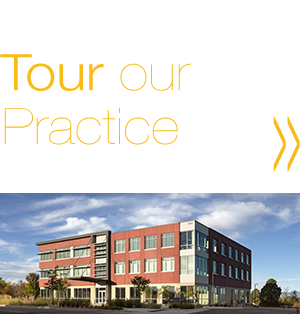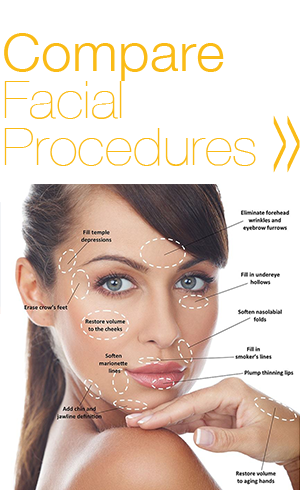History and Evolution of the Facelift
2 Minute Read:
 Facelift surgery, or rhytidectomy, has had over 110 years of technological advancements and transformation.
Facelift surgery, or rhytidectomy, has had over 110 years of technological advancements and transformation.
This has contributed greatly to its place as one of the leading plastic surgery procedures in 2018, according to the American Society of Plastic Surgeons.
A facelift can rejuvenate your face by repositioning the deeper tissues, removing excess facial skin, and tightening the remaining skin for a smoother appearance.
Over the years, plastic surgeons and scientists have developed different methods of performing the facelift to reach optimal results.
When Was the First Facelift Performed?
The first facelift in history was performed in 1901, nearly 120 years ago.
Eugene von Hollander is credited with performing the first facelift in Berlin, Germany, on a Polish aristocrat.
Eugene made elliptical skin excisions in natural skin folds near the hairline and ear. The popularity of the facelift gained more traction after World War I when many people were seeking reconstructive surgery to address their battle wounds and scars.
More surgeons, money circulation, and anesthesia advancements also contributed to the rise in facelift popularity.
The subcutaneous facelift, also known as the skin only facelift, was performed by making small incisions near the hairline in local skin creases and was the most popular facelift method used until the 1960s.
How Has the Facelift Surgery Evolutionized?
Over each decade, monumental changes were made that helped revolutionize the facelift and boost its credibility in the plastic surgery sphere.
In the 1960s, surgeons began addressing the main premise of modern facelift surgery: targeting and repositioning the deeper tissues for aesthetic purposes.
The importance of the superficial musculoaponeurotic system (SMAS) was discovered, which focused on the deep tissue layer suspension method.
The SMAS is made of the platysma muscle, parotid fascia, and fibromuscular layer covering the cheek. This development by a group of scientists played a large role in developing the modern facelift technique we commonly use now.
What Facelift Techniques Are Available Today?
The facelift technique is continuously progressing as new developments are introduced. Modern techniques involve combining temporal hairline incisions that curve around the ear and ends in the scalp area.
Dr. Khoury offers the mini, standard, and full facelift technique. The medical advancements in the last century have allowed the facelift procedure to be more efficient with a smoother recovery period and less extensive risks. Moreover, Dr. Khoury offers energy assisted facelifts to speed up the recovery. This involves utilizing an ultrasound device known as VASER® to assist in certain parts of the procedure. This allows for minimal postoperative swelling and bruising.
The right technique for you will be decided during your consultation with Dr. Khoury. He will assess your facial anatomy and find a suitable technique that will best fit your needs.
Have More Questions About the Facelift Technique?
If you want to learn more about your facelift options, call our office at (720) 475-8400 or fill out our online contact form.
*Results May Vary



 "America's Top Surgeons" 5 Years in a Row
"America's Top Surgeons" 5 Years in a Row



